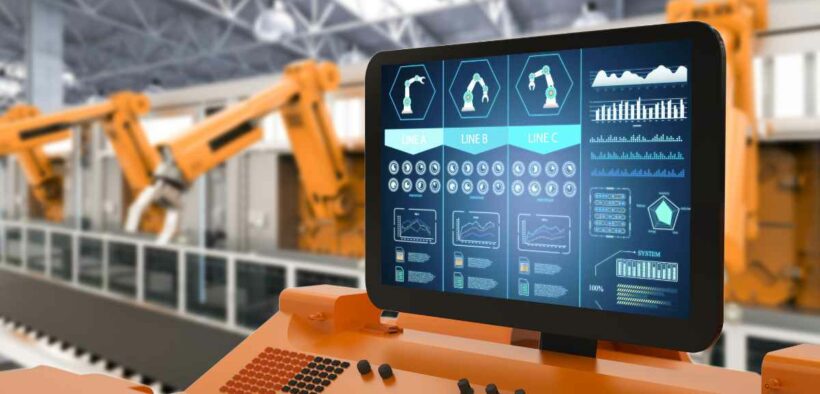APAC economies to lose 63 million jobs to automation by 2040
Share

Working populations in the five largest economies in APAC, India China, South Korea, Australia and Japan, are expected to have sixty-three million jobs lost to automation by 2040.
Research and advisory firm Forrester said that major Asia Pacific economies are more at risk due to physical robot automation that Europe and North America.
About 247 million jobs will be in jeopardy across industries that are more susceptible to automation, such as construction and agriculture.
According to Forrester’s Future Of Jobs Forecast, 2020 To 2040 report, in the coming years, the green economy will help offset some job losses as more countries commit to carbon neutrality.
India, China, South Korea, Australia, and Japan will create 28.5 million new jobs in renewable energy, green buildings, smart cities and smart infrastructure, and professional services by 2040.
But even with the creation of new jobs in areas such as the green economy and information and communications technology (ICT) industries, Forrester said 13.7 million jobs in the region will be lost to automation across wholesale, retail, transport, accommodation, and leisure sectors.
Each country faces different challenges.
Australia. The nation’s domestic product (GDP) per worker incentivises firms to automate jobs to improve productivity and reduce labor costs. Forrester said this will result to 11 per cent of jobs lost to automation by 2040. Jobs across consulting, scientific, and technical services, which are harder to automate, will see the fastest growth, especially in the ICT industry.
China. By 2040, China expects to see its population decline by 11 per cent, and 7 per cent of jobs will be lost to automation. Forrester predicted in its report that job growth in the ICT industry will help offset automation job losses, with 3.8 million additional new jobs created by 2040.
India. India, which has a relatively young workforce, will add 160 million new workers over the next 20 years, reaching a working population of 1.1 billion by 2040. Although 69 per cent of India’s jobs are under threat from automation, the country’s main priority will be job creation to accommodate new workers entering the workforce.
Japan. Due to an ageing workforce and the country’s low birth rate, between 2020 and 2040, Japan’s working population is set to contract by 19 per cent. By 2050, Forrester predicted it will decline by almost one-third.
South Korea. Driven by its aging working population and its dependency on the construction and agriculture industries, which are more susceptible to automation, Forrester said South Korea’s workforce will contract by 23 per cent over the next 20 years.
“To prepare for the changes brought on by automation, the five largest economies in APAC will have to radically rethink their workforce strategies,” said Michael O’Grady, principal forecast analyst at Forrester.
“While each economy faces its own challenges, common focus areas such as hiring more female workers can help offset working population declines,” O’Grady said.
“In addition, investing in STEM education, technology workforce training, and protecting the rights of freelance workers will become of utmost importance,” he said.















